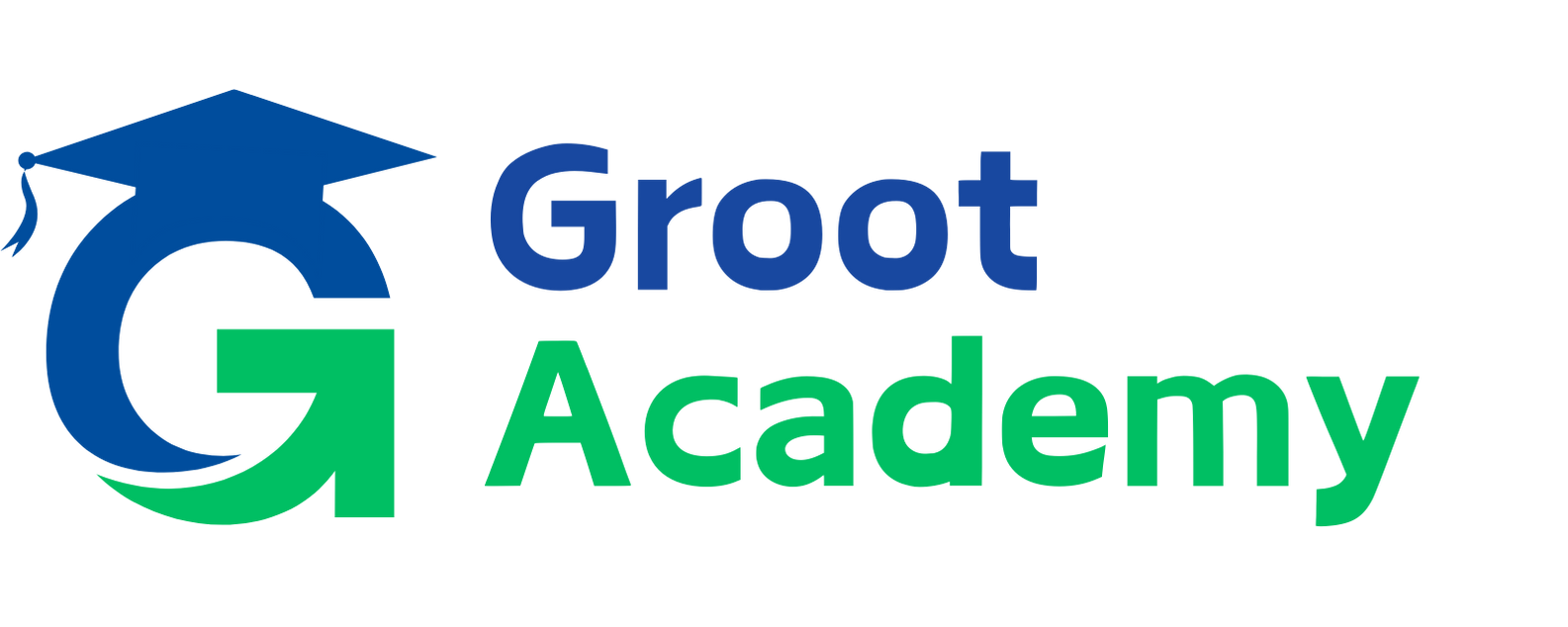The MERN Stack Explained: Why It’s a Popular Choice for Developers
The MERN stack has become one of the most sought-after technology stacks for developers and businesses worldwide. Whether you’re building dynamic web applications, single-page apps, or enterprise-grade solutions, the MERN stack provides a comprehensive and efficient framework. But what exactly is the MERN stack, and why has it become so popular? Let’s break it down.
What is the MERN Stack?
The MERN stack is a collection of four open-source technologies used to build modern web applications:
- MongoDB: A NoSQL database that stores data in flexible, JSON-like documents.
- Express.js: A backend web application framework for building APIs and handling server-side logic.
- React.js: A frontend library for creating interactive and dynamic user interfaces.
- Node.js: A JavaScript runtime environment for executing server-side code.
Together, these technologies enable developers to build full-stack applications using JavaScript as the primary programming language, both for the client-side and server-side.
Why is the MERN Stack Popular?
1. Full JavaScript Ecosystem
One of the biggest advantages of the MERN stack is that it uses JavaScript across the entire application.
- Simplified Development Process: Developers only need to know one language (JavaScript) to handle both frontend and backend development.
- Faster Learning Curve: Familiarity with JavaScript significantly reduces the time needed to learn the stack.
- Consistency Across the Stack: Using the same language ensures seamless communication between the frontend and backend.
2. Component-Based Architecture with React
React, the “R” in MERN, is a powerful library for building user interfaces.
- Reusable Components: React’s component-based architecture allows developers to create reusable UI elements, reducing development time and improving code maintainability.
- Virtual DOM: React uses a virtual DOM to optimize performance by rendering only the necessary components during updates.
- Rich Ecosystem: React offers a vast array of third-party libraries and tools, making it easy to enhance functionality.
3. Scalability with MongoDB
MongoDB, the database component of MERN, is a NoSQL database designed for scalability and flexibility.
- Schema-Less Design: MongoDB’s JSON-like structure makes it easier to handle unstructured or semi-structured data.
- Horizontal Scalability: MongoDB supports sharding, enabling applications to handle massive amounts of data efficiently.
- Integration with JavaScript: MongoDB works seamlessly with Node.js, making data manipulation straightforward.
4. Efficiency with Express and Node.js
Express and Node.js form the backend of the MERN stack, providing a robust environment for building APIs and handling server-side logic.
- Express.js:
- Lightweight and fast, it simplifies the process of creating RESTful APIs.
- Offers middleware support for extending functionality.
- Node.js:
- Enables non-blocking, event-driven architecture, making it ideal for real-time applications like chat apps.
- Supports a large number of concurrent connections, ensuring scalability.
5. Open Source and Community Support
The MERN stack components are open-source and supported by large developer communities.
- Extensive Libraries: Developers can leverage pre-built libraries and tools to speed up development.
- Active Communities: A strong community presence ensures plenty of tutorials, forums, and resources to help solve challenges.
- Regular Updates: The open-source nature ensures that the technologies are continuously improved and updated.
Common Use Cases for the MERN Stack
The versatility of the MERN stack makes it suitable for a wide range of applications, including:
- E-Commerce Platforms: Build scalable online stores with dynamic product displays and seamless checkout experiences.
- Social Media Apps: Develop platforms with features like user authentication, real-time messaging, and content feeds.
- Project Management Tools: Create tools for tracking tasks, managing teams, and visualizing progress.
- Content Management Systems (CMS): Build customizable CMS solutions for blogs, portfolios, or corporate websites.
- Real-Time Applications: Develop real-time apps like chat platforms or collaborative tools.
Advantages of the MERN Stack
- Speed and Efficiency: JavaScript’s ubiquity across the stack speeds up development and reduces the need for switching between languages.
- Flexibility: The modular architecture of the MERN stack allows developers to customize components as needed.
- Cross-Platform Compatibility: Applications built with the MERN stack can run on multiple platforms without major modifications.
- Scalability: Whether it’s handling a few users or scaling to millions, the MERN stack offers robust performance.
- Rapid Prototyping: The combination of MongoDB, Express, React, and Node allows for quick prototyping, making it ideal for startups and iterative development.
Challenges of the MERN Stack
While the MERN stack offers many advantages, there are a few challenges to consider:
- Learning Curve: Although it uses a single language, mastering all four components can take time, especially for beginners.
- Performance Limitations: For large-scale enterprise applications, the stack may require optimization or additional tools for managing complex operations.
- Database Design: MongoDB’s schema-less nature requires careful planning to avoid performance issues as the database grows.
Conclusion
The MERN stack’s combination of JavaScript, MongoDB, Express.js, React.js, and Node.js makes it a powerful and flexible solution for modern web development. Its simplicity, scalability, and robust community support have cemented its place as a top choice for developers and businesses alike. Whether you’re a startup looking to create an MVP or a developer aiming to enhance your skill set, mastering the MERN stack is a valuable investment in today’s tech landscap

